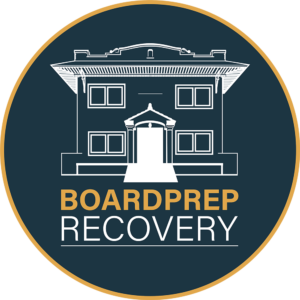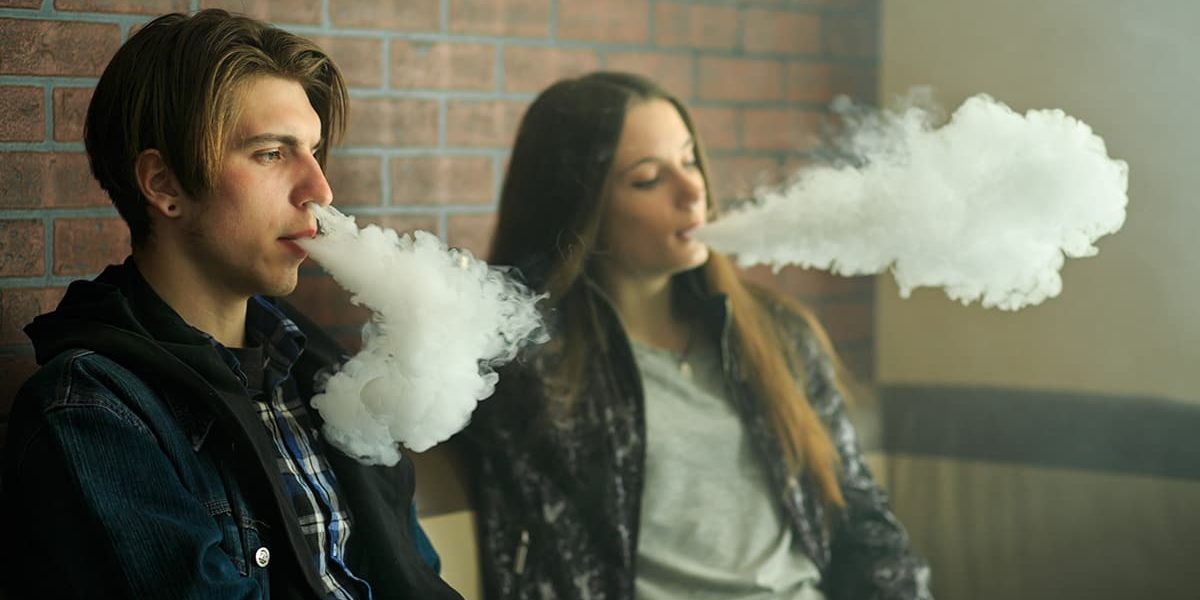Make no mistake, vaping behavior is a gateway to harder drug use. Getting hooked on nicotine through smoking is already the top addiction. Now, vapor delivers nicotine to the brain much more effectively than smoke. Higher blood concentrations of nicotine occur in “vapers” versus smokers, generally.
But set aside physical addiction, the chemical and structural changes in the teen brain from vaping nicotine. These tell only part of the gateway story. Teens who vape are also learning and practicing new behaviors that put them at higher risk for other substance use problems. The next step is often pot and alcohol.
Think about the requisite skills teens learn from vaping:
- Being sneaky and keeping secrets
- Getting away with lying and swallowing guilt
- How to inhale
- Neutralizing smells to prevent detection
- Where to buy paraphernalia
- Spending money without parental knowledge
- Negative bonding with a sneaky peer group
- Justifying, rationalizing, excuse-making
The same vendors that sell vaping paraphernalia, sell everything from pot pipes and urine adulteration kits. Vaping teens learn everything they need to get away with sneaking alcohol, smoking pot or using other drugs.
Hidden consequences from practicing these skills:
- Guilt and shame
- Communication barriers with parents
- Mood swings
- Distancing from parents
- Natural individuation morphs into rebellion
- Reduced academic performance
- Precursors are in place for harder drug use
You can see from the hidden consequence list that teens who vape are more emotionally vulnerable to self-medicating with harder substances. There are many factors that make vaping a gateway for teens to progress to harder drugs. The gateway consists of learned skills, brain changes and emotional vulnerability.
Call to action
The odds of preventing your teen from vaping improve dramatically by simply making your strong position against it known before 6th grade. This can occur in casual conversations as well as more formal discussions. An ounce of prevention is truly worth a pound of cure. Know the facts about vaping and make a big deal about it. If your teen glamorizes it or talks about a friend doing it, take the opportunity to open up a full discussion about it. Make your position clear. Limits should be set ahead of time around high risk situations, people and environments. Don’t wait for the behavior to set limits. That may be too late. In other words, set the barrier by saying “no you may not go to places where teens are likely vaping or drinking alcohol or smoking pot.” Parents often make the mistake of being too permissive, allowing their teen to go places where they will likely be exposed to high risk behavior and peer pressure to conform.
Make abstinence from from vaping, smoking, drugs and alcohol a big thing. Talk about it as an expectation for your teens. Acknowledge that many teens succumb to peer pressure or mimic risky behaviors they see on social media. Make it clear that certain privileges are contingent on verified abstinence from high risk behaviors, vaping, drugs and alcohol. Parents naturally tie in privileges with grades and manners. You should do the same with this. Talk about your willingness to drug test if there is any indication. This tells them how important it is to you that they don’t go down that path. A strong and sustained attitude about abstinence, honest and open communication through middle school and high school is extremely effective.
Keep your teen busy doing productive things. Idle time and lack of structure can put a teen at high risk.
If you have concerns about high-risk behavior you see in your teen, BoardPrep offers a comprehensive personalized clinical assessment for teens and an outpatient program, as indicated. A phone call to 866-796-4720 can help you decide if BoardPrep may be a good path for your family.







